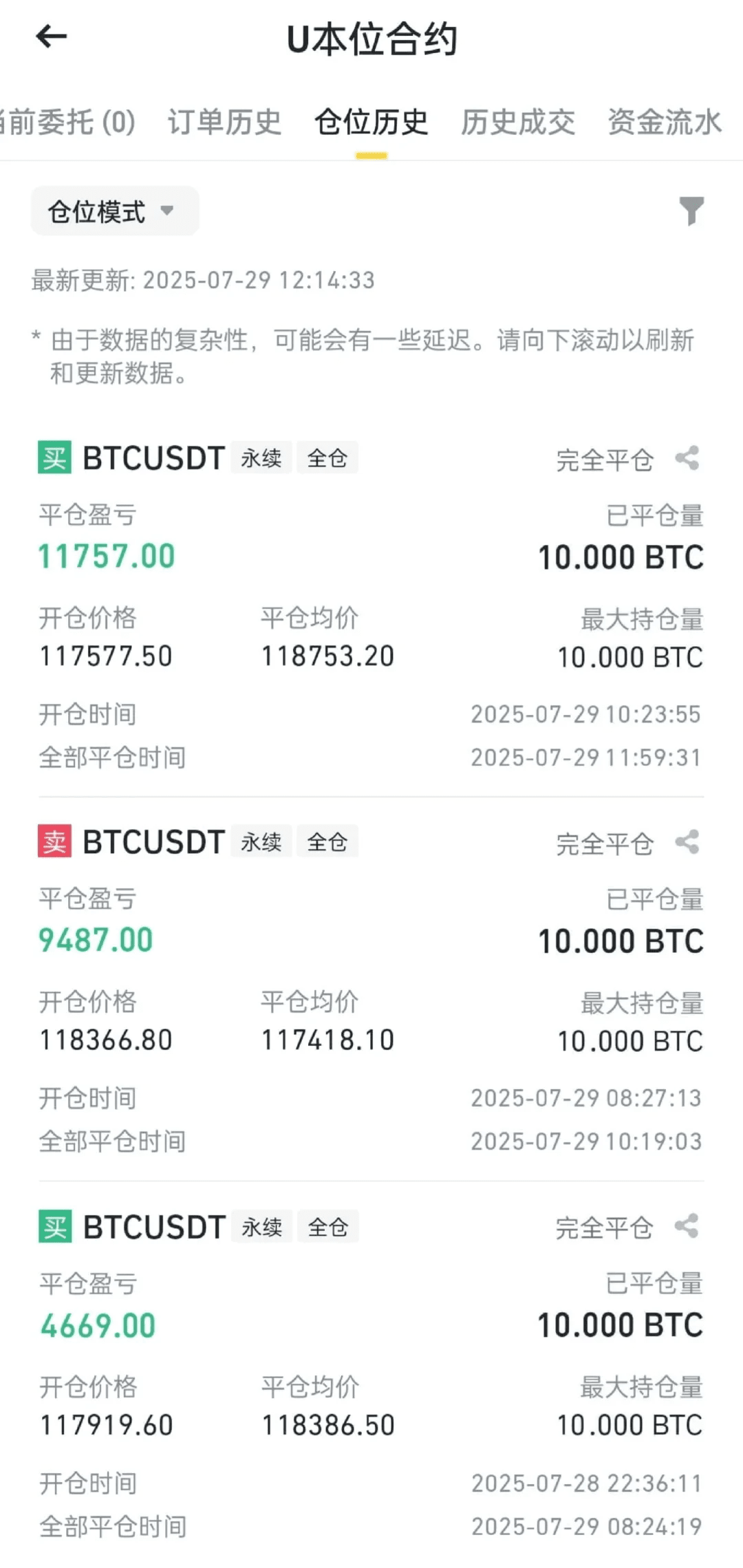In the first three years, I lost over 100 coins; in the next four years, I earned back hundreds relying on stable compound interest. Behind every penny are deep pits and tears.
This market has actually remained unchanged; it repeatedly plays out an old logic:
90% of people trade based on news, blindly chasing hot trends;
9% of people understand the chip structure and fund trends;
And 1% of people repeatedly study the daily moving averages, simplifying complex market conditions into rule-based systems.
To be honest, the later it gets, the more I rely on the 'daily moving average' system. Not because it is magical, but because it helps you objectively identify trends, isolate emotions, and forces you to adhere to discipline.
Step 1: Clarify the 'roles' of the three moving averages
I have always viewed the daily moving average as three analysts with different styles:
5-day line: Short-term signal, capturing emotional fluctuations, reacts the fastest;
30-day line: Mid-term structure, measuring the stability of the market fundamentals;
60-day line: Trend anchor, slow but accurate, key reference value.
When the 5-day line crosses above the 30-day and 60-day lines, it is a signal that short-term momentum is breaking the mid- to long-term structure, and the market may enter a parabolic phase.
Conversely, when the 5-day line falls below the long-term moving averages, it indicates that market sentiment has cooled, and the risk of trend reversal has increased.
At this time, signals are more reliable than your 'intuition.'
Step 2: Establish the minimal executable trading system
Moving averages are not for watching the excitement; they are used to filter noise and constrain impulses.
A simple and effective rule is:
Only consider opening positions when all three lines point in the same direction;
Lines entangled are not to be touched.
This sounds too simple, but if you look at those who frequently get liquidated, it is precisely because 'the market is unclear, emotions take over, and they guess the direction hard.'
Market surges and drops are the norm; the more complex the market, the more a simple execution model is needed. Truly stable and profitable traders do not need dozens of indicators, just a few signal points and execution power.
Step 3: Write discipline into the system and stick to execution
Many people plan their trades on paper but execute them at will. They increase positions when the market rises and hold onto them when it falls, ultimately getting crushed by their emotions.
And I always adhere to this saying: 'If you are wrong, admit it; do not hesitate to stop loss; do not let emotions take over.'
The greatest value of the moving average lies not in 'prediction,' but in providing a consistently objective execution framework independent of emotions.
Your opponent is not the market; it is yourself.
To sum up, to survive long-term in the cryptocurrency space, it relies not on predictive ability but on systematic thinking and behavioral constraints. The daily moving average system is simple and cold, but its 'mechanical' nature has helped me turn this into a profession rather than gambling.
Remember this phrase:
A complex market requires an extremely simple system to cope.
#币安Alpha上新 #上市公司加密储备战略 #美联储利率决议



